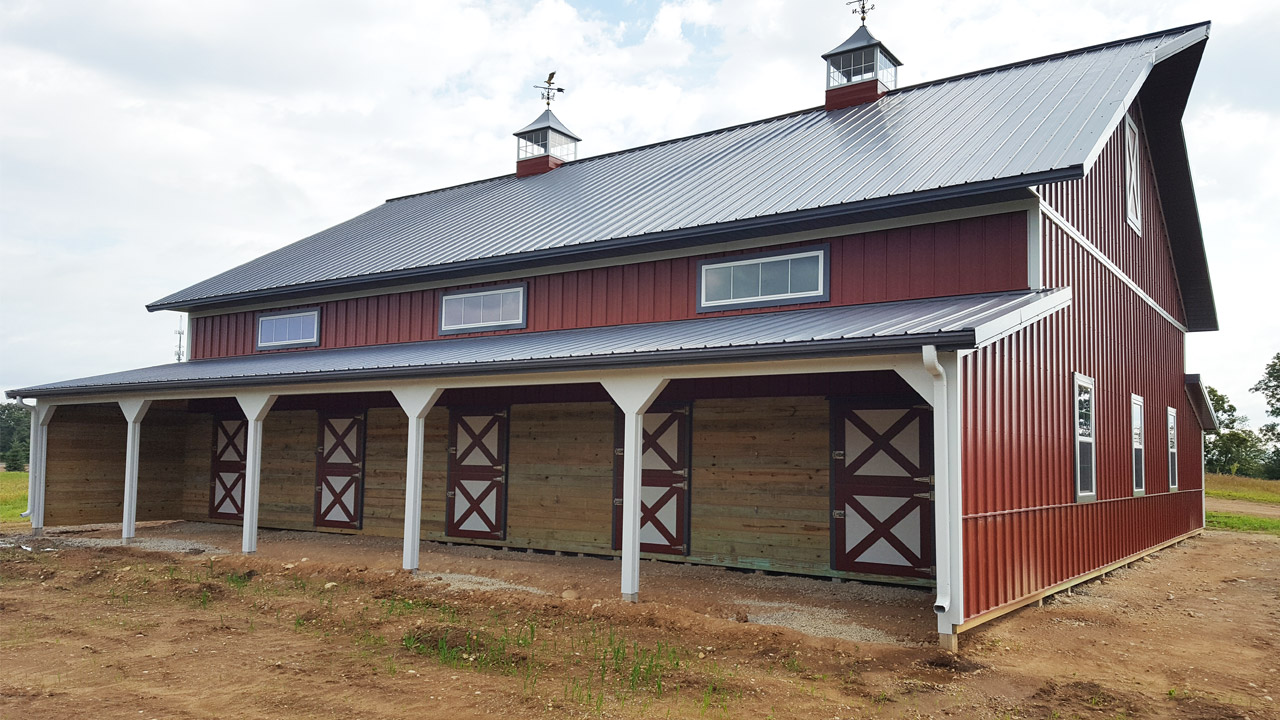A growing land development trend has found fertile ground in Southeast Wisconsin.
Developer Curt Wiebelhaus and his wife Jodi began looking for a hobby farm near the Milwaukee metro area. While searching, they came across the concept of agrihoods.
What is an agrihood
An agrihood is a residential development featuring community gardens, orchards and small-scale animal housing. It’s a neighborhood growth model that puts agriculture at the center of residential development.
The concept is attractive to homeowners who prefer fresh, locally sourced food. And while they are motivated to help plant, cultivate and harvest crops or raise animals, an agrihood doesn’t require the time or financial commitment of owning a farm.
We thought the agrihood concept was a great idea, not only for us, but to incorporate into the community as well.
– Jodi Wiebelhaus
Bringing the idea to the community
The hobby farmers-turned developers went to the community for approval of their development idea.
The Town of Mukwanago agreed, and approved Wiebelhaus’ proposed agrihood plan. Keith Kindred, SEH project manager, worked with them to design the 36-acre development dubbed, “Agape Agrihood.” The development consists of nine roughly acre-and-a-half lots, nearly all of which were reserved right away.
The development also includes several other community amenities. It has gardens, an apple orchard, over one mile of walking and horse riding trails, a horse/small animal barn to house up to 15 hoofed animals, and more than 14 acres of open space. The development also hosts seasonal canning and garden harvest classes for the community.
Individual lots are owned by the buyers. Wiebelhaus will lease the barn from the homeowner’s association for 20 years, after which the association will determine its future.

The rise of agrihoods
Kindred says agrihoods are an increasingly popular niche around the country, but they likely won’t replace standard residential subdivisions. He finds the concept very appealing to a specific demographic and it’s not limited to states with deep agricultural roots like Wisconsin.
It’s reflective of the broader farm-to-fork food trend, and the desire live in a community that incorporates amenities for a healthy, active lifestyle.
– Keith Kindred
He notes the overall design is similar to that of a standard residential development, but with more open space, along with no mow or low mow grass buffers around paddock areas to help manage stormwater and prevent erosion. Dedicated environmental corridors throughout the development enhance the rural ambiance.
Work has already started on a second, larger agrihood across the road from Agape.
Bringing it all together
While not traditional, agrihoods combine the best a community has to offer, blending agricultural elements with modern amenities, all within commuting distance to an urban employment hub.
“It’s a lifestyle that gives people the best of both worlds,” says Kindred. “I don’t think this is a passing trend, because it’s being embraced by multiple generations, from Boomers to Millennials. As a gardener myself, and an engineer, it’s one of the cooler projects I’ve worked on.”
About the Experts

Keith Kindred is an SEH project manager who works with developers to make unique visions come to life.


